Ford 351 Engine Specs, Review, Price & Features
Ford 351 Engine Specs, Review, Price
I have included all the information about the Ford 351 on this page, including the Ford 351 specifications, Weight, Price, and Dimension.
We aim to give our readers factual information, thus we only use official sources when researching the Ford 351.
This article, which has been updated, has all the information you need to know about the Ford 351.
About Ford 351 Engine
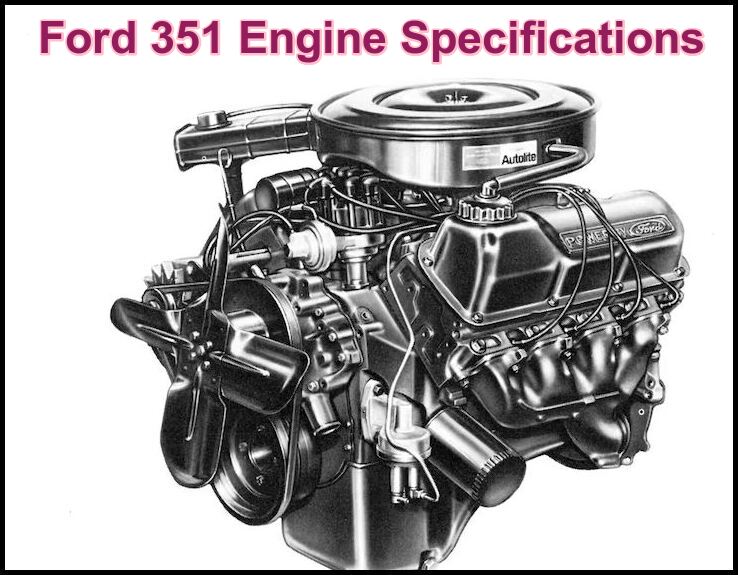
Ford made the 5.8L small-block V8 351 Windsor engine from 1968 to 1997. It is one of Ford’s engines that has been around the longest and has done the best.
The 351W is a member of the Windsor V8 engine family. This is an informal name for the engines made at the factory in Windsor, Ontario.
The Windsor family is a group of small-block V8 engines with 90-degree overhead valves that were made from 1961 to 2002.
The 351 Windsor is the biggest V8 in the Windsor engine family. It has 351 cubic inches or 5.8L. The 351W has been around for almost 30 years, and during that time it has been changed and made better in many ways.
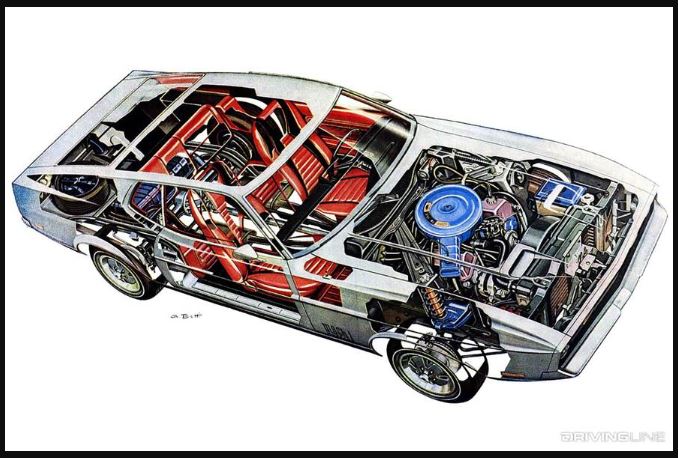
There have been too many changes to list them all, but here are some of the most important ones:
⇒The block casting process was changed in 1975. The models from 1969 to 1974 are much stronger and, therefore, more desirable.
⇒For a lower compression ratio, the height of the deck was raised in 1971.
⇒In 1984, the rear main seal was changed to one piece.
⇒In 1994, you switched from speed density to MAF.
⇒In 1994, lifters were added.
⇒In 1988, fuel injection took the place of the carburetor.
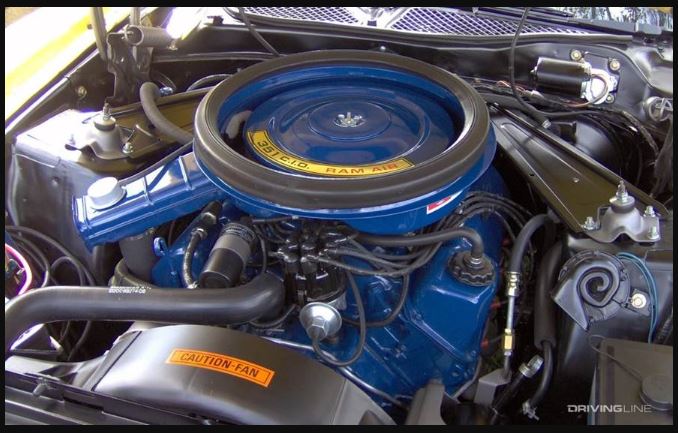
Ford cars that use the 351 Windsor
- 1968-1974 Galaxie
- 1968-1970 Mustang
- 1969-1970 Mercury Cougar
- 1969-1991 Country Squire
- 1969-1970 Fairlane
- 1970-1976 Torino
- 1974-1976 Ford Elite
- 1975-1996 E-Series Vans
- 1977-1982 LTD / LTD II
- 1977-1979 Thunderbird
- 1979-1996 Ford Bronco
- 1979-1991 Crown Vic
- 1987-1997 Ford F150/F250/F350
- 1977-1979 Mercury Cougar Station Wagon
- 1978 & 1986-1991 Mercury Colony Park
- 1978-1982 Mercury Marquis
- 1986-1991 Mercury Grand Marquis
- 1980 Continental Mark VI
351 Ford Engine Details
| Horsepower | 250 at 4,600 rpm for the two-barrel, and 300 at 5,400 rpm for the four-barrel |
| Rod Length | 6.250 In. |
| Weight | 500-550lbs |
500-550lbs Ford 351 Different Engine Parts
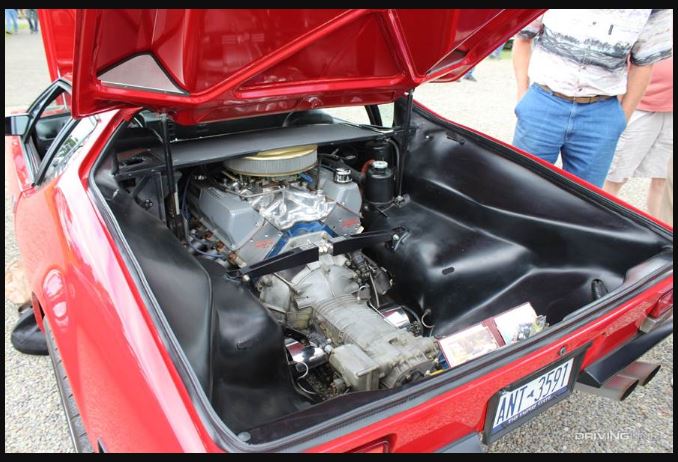
|
351W PERFORMANCE FORD CRATE ENGINE (COMPLETE & DYNO’D)
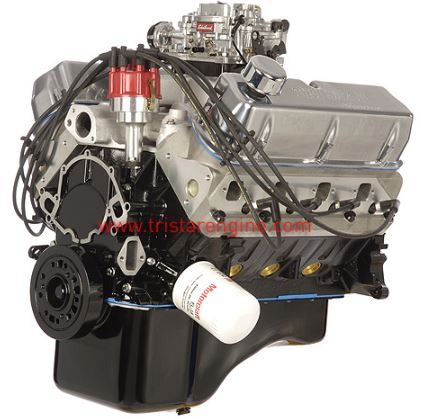 • High-Performance Aluminum Heads
• 380 Horsepower • 410 Torque • Dyno Tested • EFI Upgrade Available |
|
351W PERFORMANCE FORD CRATE ENGINE (DRESSED LONGBLOCK)
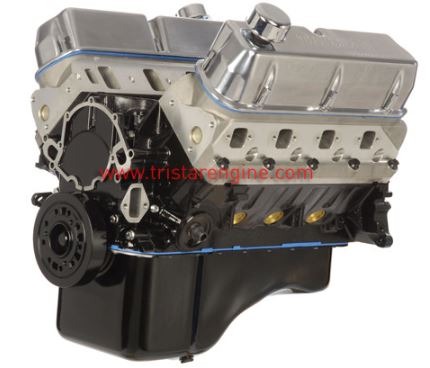 • High-Performance Aluminum Heads
• 380 Horsepower • 410 Torque |
|
351W PERFORMANCE FORD CRATE ENGINE (COMPLETE & DYNO’D)
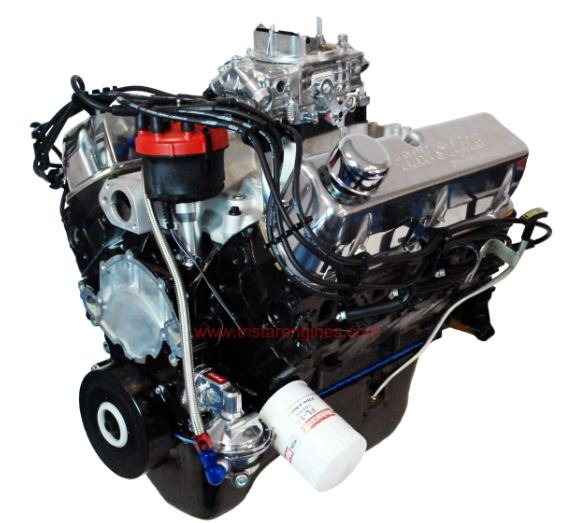 • OE Cast Iron Heads
• 310 Horsepower • 380 Torque • Dyno Tested • EFI Upgrade Available |
|
351W PERFORMANCE FORD CRATE ENGINE (DRESSED LONGBLOCK)
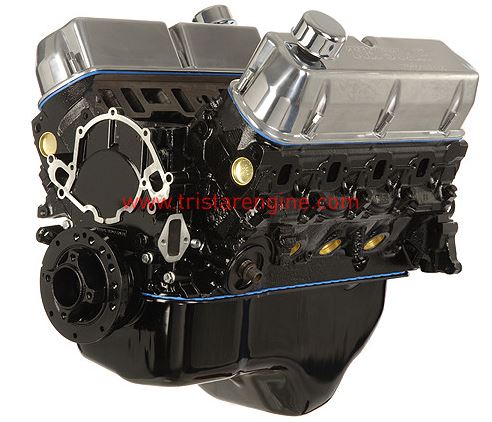 • OE Cast Iron Heads
• 310 Horsepower • 380 Torque |
351 Engine Specifications

| NAME | 351 “C” 4V 1970-1973 Cleveland |
351 “W” 4V 1969 Windsor |
351 “R” 4V 1971-1972 Boss 351-HO |
351 “H” 2V 1969-73 |
|
Engine Type
|
8 cylinder 90 degree, Overhead Valves (OHV) |
8 cylinder 90 degree, Overhead Valves (OHV) |
8 cylinder 90 degree, Overhead Valves (OHV) |
8 cylinder 90 degree, Overhead Valves (OHV) |
|
Displacement
|
351 cu.inches (CID) |
351 cu.inches (CID)
|
351 cu.inches (CID)
|
351 cu.inches (CID)
|
|
Maximum torque
|
380 lbs./ft. @ 3,400 RPM |
380 lbs./ft. @ 3,400 RPM
|
370 lbs./ft. @ 4,000 RPM (1971) 275 lbs./ft. @ 6,000 RPM |
355 lbs./ft. @ 2,600 RPM
|
|
Maximum Horsepower
|
300 BHP @ 5,400 RPM
|
300 BHP @ 5,400 RPM
|
330 BHP @ 5,400 RPM (1971) 275 BHP @ 6,000 RPM |
250 BHP @ 4,600 RPM (1969-70) 177 BHP @ 4,600 RPM (1971-73) |
|
Firing Order
|
1-3-7-2-6-5-4-8 (Number 1 cylinder on right bank, nearest radiator) |
1-3-7-2-6-5-4-8 (Number 1 cylinder on right bank, nearest radiator) |
1-3-7-2-6-5-4-8 (Number 1 cylinder on right bank, nearest radiator) |
1-3-7-2-6-5-4-8 (Number 1 cylinder on right bank, nearest radiator) |
|
Bore & Stroke
|
4.00″ X 3.50″ (101.6 mm X 88.9 mm) |
4.00″ X 3.50″ (101.6 mm X 88.9 mm) |
4.002″ x 3.50″ (101.6 mm X 88.9 mm) |
4.00″ X 3.50″ (101.6 mm X 88.9 mm) |
|
Compression Ratio
|
11.0:1
|
11.0:1
|
11.5:1 (1971)
9.2:1 (1972) |
9.51:1
|
| Oil Pressure (hot) | 35 to 60 lbf/in2 | 35 to 60 lbf/in2 | 35 to 60 lbf/in2 | 35 to 60 lbf/in2 |
|
Mains
|
2-bolt
|
2-bolt
|
4-bolt
|
2-bolt
|
| Carburetor | Autolite 4300-A (4V) Squarebore automatic choke |
Autolite 4300-A (4V) Squarebore automatic choke |
Autolite 4300-D (4V) Square bore automatic choke |
|
|
Fuel
|
premium gas
|
premium gas
|
super premium (1971)
premium gas (1972) |
regular gas
|
|
Intake Manifold
|
cast iron
|
cast iron
|
aluminum (1971)
cast iron (1972) |
cast iron
|
Difference between 351 Windsor and 351 Cleveland

Ford made a 5.8L, 351 cubic inch V8 called the 351 Cleveland from 1969 to 1982. The name “Cleveland” was given to it because it was made in Cleveland, Ohio.
The 351 Windsor and the 351 Cleveland are both 5.8L V8 engines, but they come from different engine families. The 351C was a Ford “335” engine. It was also known as the 351W and 351C.
Ford made the 351 Cleveland when they realized that the 351 Windsor was more popular than they could make at the Windsor plant.
So, they decided to also start making 351s at the plant in Cleveland. But Ford also decided to improve the performance of the 351s made in Cleveland by giving them a new cylinder head design.
One was similar to the 351W but had bigger valves and ports, and the other had big ports and intake and exhaust valves that were angled.
The 351 Cleveland had a lot of different engine codes, which made things even more confusing. From 1970 to 1974, Ford made versions of the 351C called H, M, R, and Q. These were mostly high-performance versions of the original 351C.
People who are interested in performance often put the heads of a 351 Cleveland on the block of a 351 Windsor. This makes a 351 Clever. People knew that the Windsor blocks were stronger, while the Cleveland heads had more flow and could do more.
Ford 351 Windsor Common Engine Problems

| Timing cover coolant leaks |
| Cracked exhaust manifolds |
| Rear main seal oil leaks and gasket leaks |
| Broken intake manifold bolts |
| Weaker blocks (1975+) |
351W Timing Cover Coolant Leaks
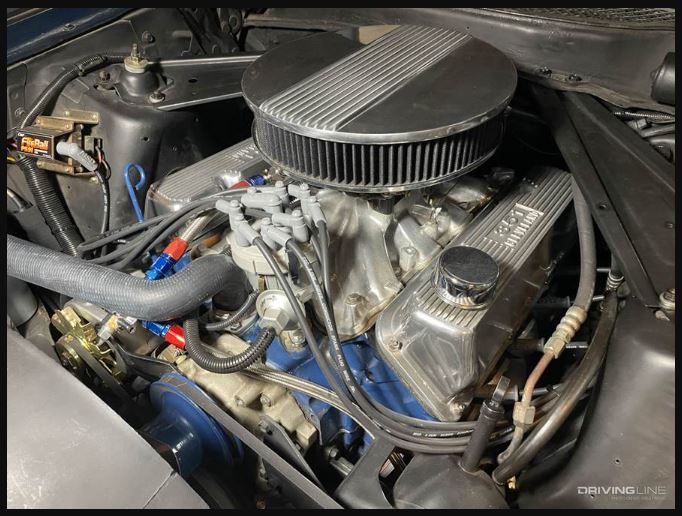
On the 351 Windsor, there is a cover that keeps dirt, mud, and grit from getting on the timing chain and sprockets. The timing cover is attached to the front of the block with bolts, and a gasket keeps it sealed.
As is normal for gaskets, the timing cover gaskets start to wear down and leak over time. When the gasket leaks, the engine coolant will leak around the timing cover.
Also, the coolant leaks around the timing cover because the coolant leaks around the gasket near the water pump.
The only way to fix it is to get a new gasket. Gaskets are cheap, and if you know your way around an engine, you can make them yourself.
The most common sign that you are leaking coolant is that you often need to add more. It’s very important to keep the coolant in your 351W full to keep the engine from getting too hot and breaking.
The 351W is not very good at dealing with too much heat, which is the most common reason for catastrophic engine failure.
Coolant Leak Symptoms
- Excess coolant consumption
- Leaking coolant around the timing cover or water pump
- Engine overheating
- Occasionally no leaks are noticeable but a smell of burning coolant is
Cracked Exhaust Manifolds – 351 Windsor
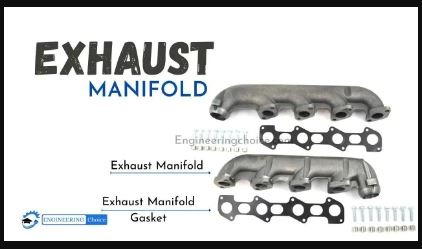
The exhaust ports on the engine block are where the exhaust manifold screws on. The manifold is in charge of collecting the exhaust air and sending it to the exhaust system.
The tailpipes then let the exhaust air out. Each exhaust manifold on the 351W is in charge of four cylinders.
The manifold bolts tend to break on the 351 Windsor. Because the bolts are attached to the block, they can get very hot and go through the same heat cycles as the engine. They break off because of the effects of heat cycles and the constant vibrations they feel.
When the bolts on the manifold break, intake air starts to leak out. This is also called a vacuum leak.
This can mess up the ratio of air to fuel in the engine, which can lead to a loss of power, slow acceleration, cylinders that don’t fire, and other problems.
To fix this problem, all you have to do is change the manifold bolts. While you’re there, it’s a good idea to check the manifold gasket to make sure it’s in good shape and not leaking.
351 Windsor Vacuum Leak Symptoms
- Cylinder misfires
- Lean/rich AFRs
- Lack of power and acceleration
- Bad fuel economy
- Stuttering or hesitation under acceleration
- Rough idling
- Increased engine noise
351W Weak Cylinder Blocks
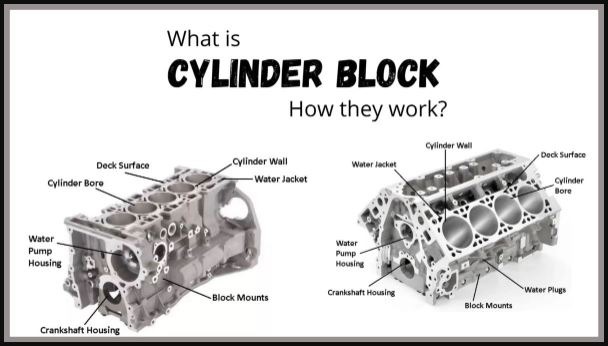
While this isn’t necessarily a problem, it is something I wanted to point out for performance enthusiasts. The 1969-1971 blocks are considered the strongest produced. 1972-1974 were strong as well, albeit slightly less strong that the previous ones.
In 1975, Ford changed the way the blocks were cast to make them lighter. To do this, Ford basically cut down on the amount of metal used in the block by making its parts thinner. This is in contrast to older models, which were thicker and had more metal support.
Even though some people get more power out of their stock blocks, the newer blocks seem to be reliable up to about 650whp. People have said that the stock block can make 750-850whp. The older blocks look like they can handle power levels that are closer to 1000whp.
Even though this isn’t always a problem, 351W engines are often changed in today’s world. Be careful about the power levels you want to reach and the abilities of the block you have.
Ford 351 Windsor Reliability
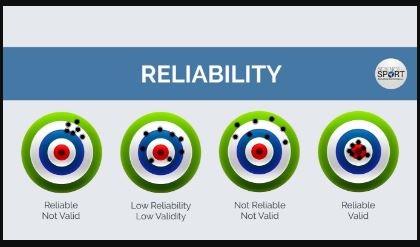
The 351W engines from Ford are almost indestructible. Even on cars made after 1975, the blocks are very strong and won’t break until a lot of power is added. Rods, pistons, and other parts inside the engine are also as solid as a rock.
Overall, the 351 Windsor is a strong engine that can handle being beaten up. Even though the block, internals, head, and other major parts are solid as a rock, keep in mind that these engines are getting old.
Given how old these engines are, they are likely to have problems with oil leaks, coolant leaks, work gaskets and seals, water pumps, and other parts.
Both intake and exhaust manifolds tend to have some small problems as they get older. Other than that, there aren’t too many problems with these engines that are unique to them.
The key is always to keep things in good shape. Heat is the thing that kills the 351W engine the most, so preventing coolant leaks and overheating is the most important thing you can do to keep it running well.
If you want to change the 351 in any way, make sure you have a good cooling system to keep the engine from getting too hot.
With proper care and maintenance, the main parts of a 351W engine should be able to last longer than 300,000 miles.
HOW TO IDENTIFY A 351W CASTING NUMBER

The best way to find out what kind of engine you have is to look at the engine casting number. Ford’s casting numbers can be broken down by decade, year, type of vehicle or vehicle type, and engineering division.
A casting that starts with “C90E” was made in 1969 because “C” stands for “60s” and “9” stands for “last year of the 60s.”
The “O” means it was made for a Torino, and the “E” means “Engine.” Castings with the letters D, E, and F were made in the 1970s, 1980s, and 1990s, respectively.
My block is an F4TE, which means it was made in 1994. As I already said, F4 blocks are also called “Roller” blocks.
This casting shows that they were made after 1994 when Ford switched to blocks that could handle roller cams. Not all Ford roller blocks came from the factory with roller cams. Even though they can roll, many people still use the old flat tappet cams.
MAX HORSEPOWER?
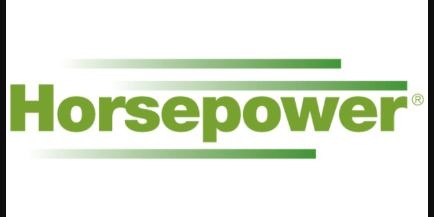
There is some disagreement about how much horsepower a stock 351 Windsor can make. Most people agree that it’s easy and safe to get between 500 and 600 without risking damage to even the later “standard strength” blocks.
In the past, high-strength blocks could easily handle between 800 and 1000 horsepower without getting damaged.
But when it comes to cracking an engine block, it’s often not the horsepower numbers that matter the most, but the strength and quality of the parts and builds.
FORD CONTACT INFORMATION

|
Ford United States Hours: Monday-Friday: 8:00 am-8:00 pm EST Phone: +1-800-392-3673 For the hearing-or speech-impaired: Please contact the Telecommunications Relay Service by dialing 711. Address: Ford Motor Company, Customer Relationship Center, P.O. Box 6248, Dearborn, MI 48126 |
|
Ford Canada Hours: Monday-Friday: 8:30 am-8:00 pm EST Phone: +1-800-565-3673 Address: Ford Motor Company of Canada Ltd. Customer Relationship Center, P.O. Box 2000, Oakville, Ontario L6J5E4 |
FAQs About Ford 351 Engine
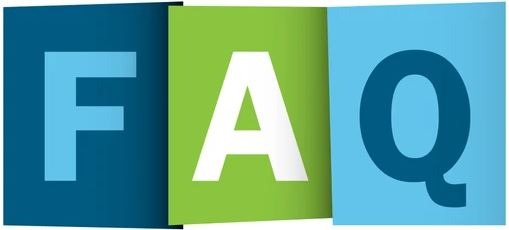
⭐What’s the difference between a 351 Cleveland and a 351 Windsor Ford engine?The timing chain on a Cleveland/Modified engine is built into the front of the block, and the timing cover is just a flat piece of metal. The front of the Windsor engine is where the timing chain is attached, and the timing cover is usually made of cast aluminum.
|
⭐What cars had a 351 engine?The 351C was also available in the Ford Torino, the Mercury Montego, and the Mercury Cougar, in addition to the Mustang. Surprisingly, the name “Cobra Jet” stuck around longer on the Mercury side than it did on the Mustang side.
It became associated with the Q-code 351 Cleveland engine after Ford dropped it.
|
⭐What is the Ford 351 firing order diagram? |
⭐What is the firing order for a Ford 351? |
This article I have created to give you complete information about the 351 Ford Engine Specs, Price with its Review.
Check out the given details which help you to know about the 351 Ford Engine Specs, Price with its Review.
For more information visit our website: Tractorsinfo.com.
Disclaimer: 351 Ford Engine Specs information above is for estimate only. The data has been gathered from various sources Like online, on-site, and/or via phone. All information provided on this website is only be used as estimates.